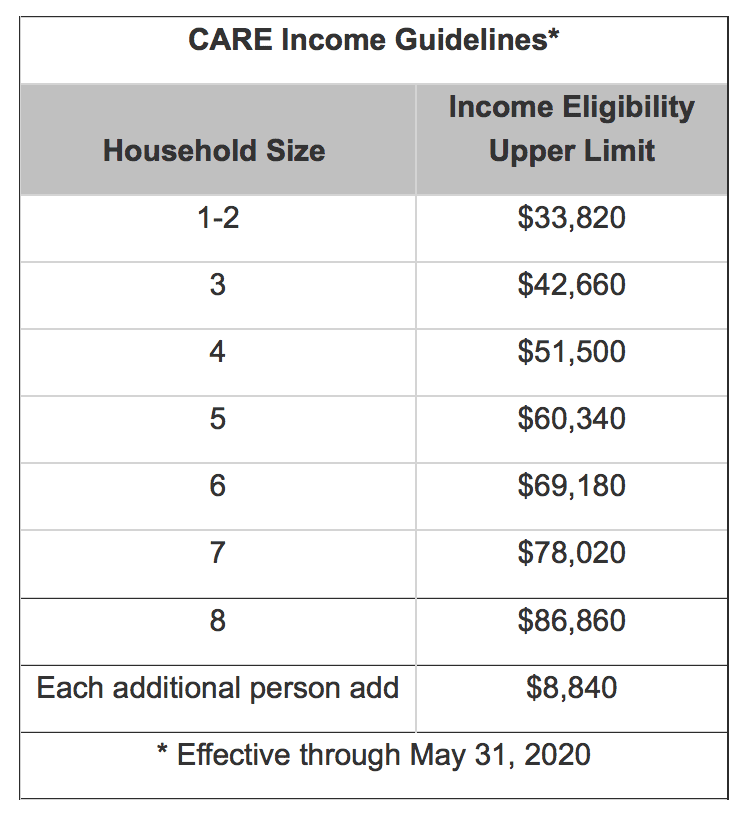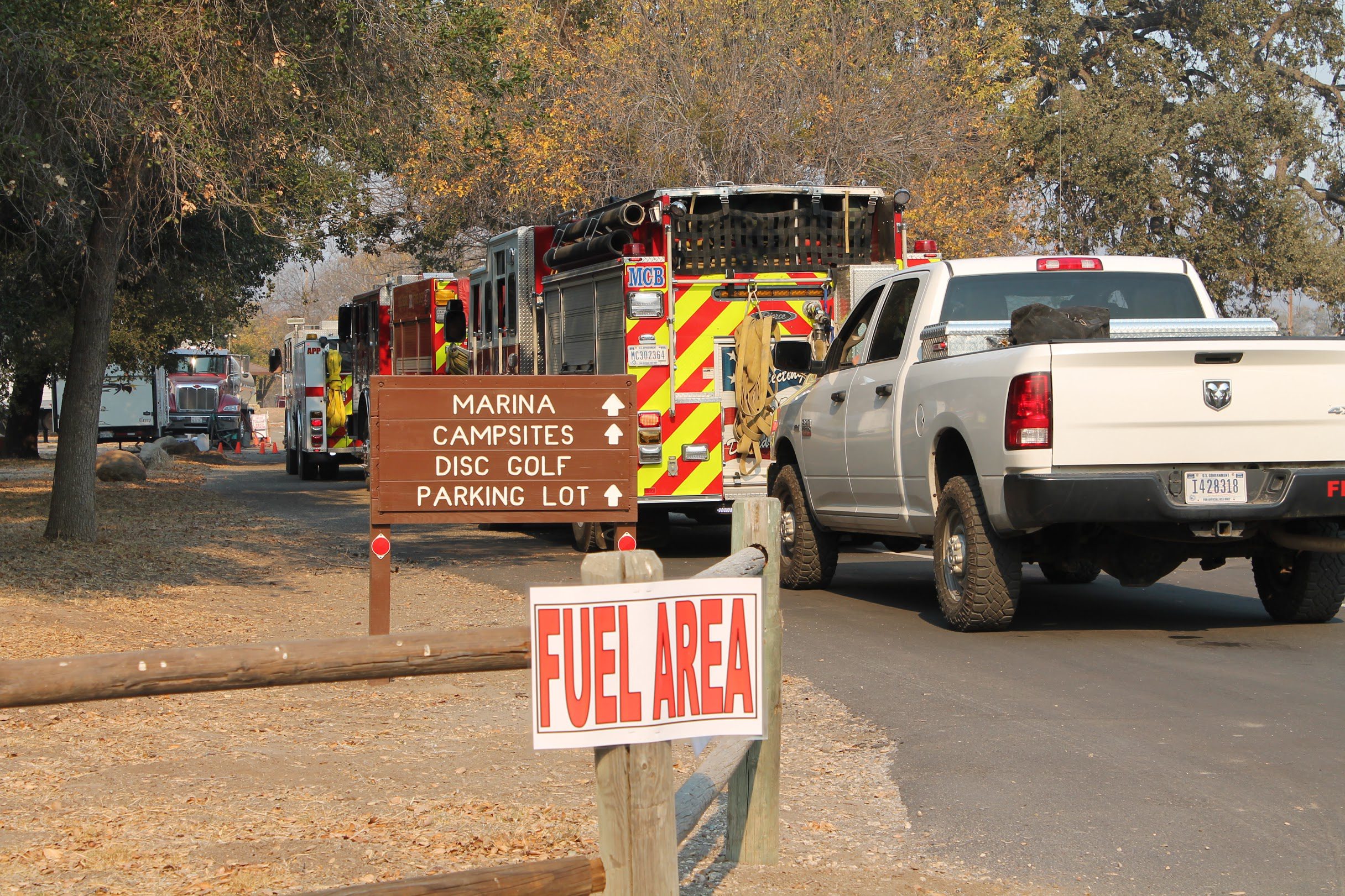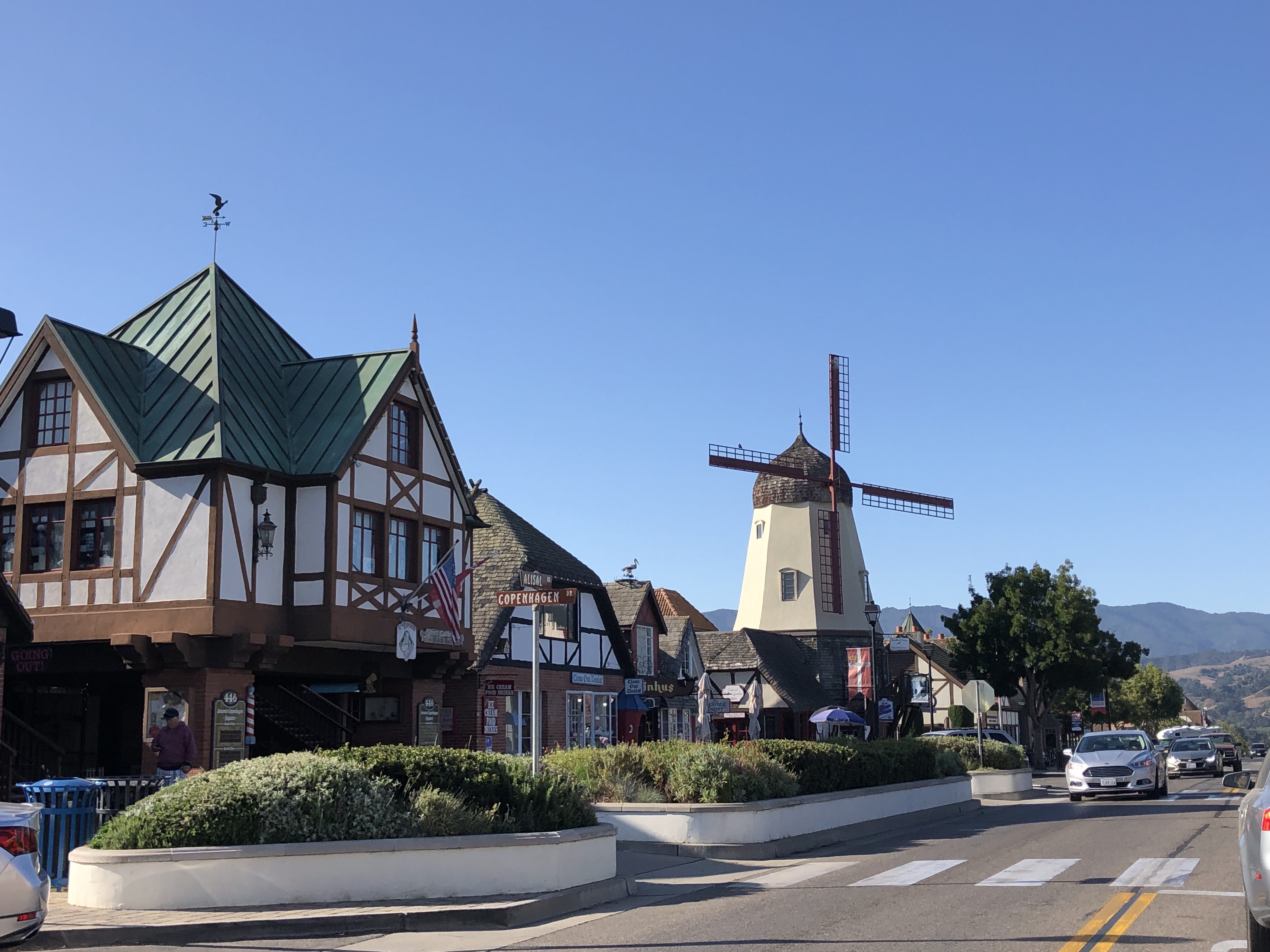By Raiza Giorgi
publisher@santaynezvalleystar.com
The first five members of the new Santa Barbara County Independent Redistricting Commission were chosen Oct. 13 at the Board of Supervisors meeting.
The selections were made by District Attorney Joyce Dudley at random. More than 200 applications were received, according to staff.
The first five members of the commission are Laura Katz representing District One, William McClintock representing District Two, Norman Bradley representing District Three, Cary Gray representing District Four, and Glenn Morris representing District Five.
Those five will meet over the upcoming months to select the remaining six members of the commission, one from each district and one at-large member. The six applicants must be approved by the current commissioners by a vote of at least four. The commission is to be completed by Dec. 31.
In the November 2018 statewide election, Santa Barbara County voters approved Measure G, which establishes an 11-person Citizens’ Independent Redistricting Commission to adjust the boundaries of the county supervisorial districts through an open and transparent process in accordance with federal and state criteria.
The commission will be tasked with establishing the electoral district boundaries in Santa Barbara County for the upcoming decade following receipt of the 2020 federal census data, currently scheduled to be received in late March 2021.
The redistricting panel is required to submit proposed new district boundary maps by Aug. 15, 2021, but that date could be delayed to Dec. 15, 2021, depending on the completion of census data, according to Nancy Anderson, assistant county executive officer.
Some members of the BOS voiced concern that the applicant pool was not as diverse as they were hoping it to be.
Third District Supervisor Joan Hartmann questioned county elections chief Joe Holland’s selection process of candidates, as she believed there were a number in her district that had qualifications to be considered but were left out.
“Your office typically goes way beyond, and we have a very unrepresentative pool,” Hartmann said. “Only 13 percent Latino whereas 46 percent in our population. We have only 14 percent under age of 40 when 57 percent of our population. We have it skewed towards male, 65 percent, so in other words you have created a skewed pool that is old, white and male.”
“It’s really hard to figure out how we’re going to get a representative pool of the demographics from this,” she said.
Holland retorted he was not required to take into account gender, age or ethnicity, but the most qualified candidates.
“I selected THE most qualified of the applicants,” Holland said.
Hartmann asked what the requirements were to select candidates and Holland said he wasn’t able to elaborate on that because it was very subjective. Holland also stated he was charged with this task with little input from the supervisors and it was at the last minute.
“As it goes to the next step after these five are selected, then they apply criteria such as ethnicity, gender and age so I applied the three criteria in the first application,” Holland said.
Second District Supervisor Das Williams said he would also like to know the criteria was for selecting candidates.
“The intent behind this as a stop gap measure, even if all five are say of one ethnicity, gender or political party that they have a legal responsibility to chose the next six to reflect diversity of the county. That is my expectation and intent,” Williams said.
For information about county government, go to www.CountyofSB.org.







